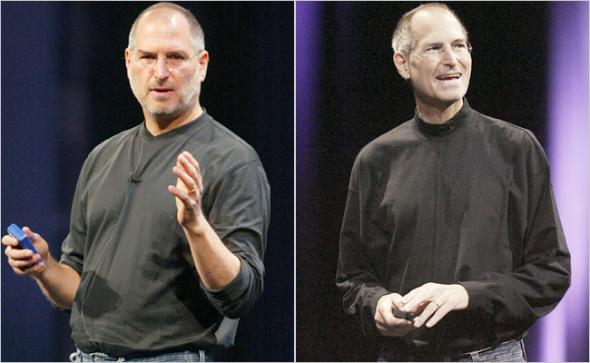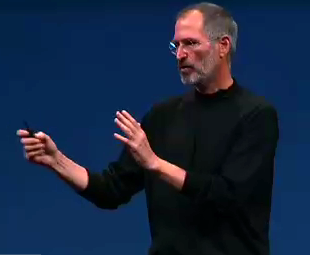In the late 1970s, Jobs, with Apple co-founder Steve Wozniak, Mike Markkula, and others, designed, developed, and marketed one of the first commercially successful lines of personal computers, the Apple II series. In the early 1980s, Jobs was among the first to see the commercial potential of Xerox PARC's mouse-driven graphical user interface, which led to the creation of the Macintosh. After losing a power struggle with the board of directors in 1985, Jobs resigned from Apple and founded NeXT, a computer platform development company specializing in the higher-education and business markets. Apple's subsequent 1996 buyout of NeXT brought Jobs back to the company he co-founded, and he served as its CEO from 1997 until 2011. In 1986, he acquired the computer graphics division of Lucasfilm Ltd which was spun off as Pixar Animation Studios. He remained CEO and majority shareholder at 50.1% until its acquisition by The Walt Disney company in 2006. Consequently Jobs became Disney's largest individual shareholder at 7% and a member of Disney's Board of Directors. His aim to develop products that are both functional and elegant has earned him a devoted following. Jobs attended Cupertino Junior High School and Homestead High School in Cupertino, California, and frequented after-school lectures at the Hewlett-Packard Company in Palo Alto, California. He was soon hired there and worked with Steve Wozniak as a summer employee. In 1972, Jobs graduated from high school and enrolled in Reed College in Portland, Oregon. Although he dropped out after only one semester, he continued auditing classes at Reed, such as one in calligraphy, while sleeping on the floor in friends' rooms, returning Coke bottles for food money, and getting weekly free meals at the local Hare Krishna temple. Jobs later said, "If I had never dropped in on that single course in college, the Mac would have never had multiple typefaces or proportionally spaced fonts." Jobs returned to his previous job at Atari and was given the task of creating a circuit board for the game Breakout. According to Atari founder Nolan Bushnell, Atari had offered $100 for each chip that was eliminated in the machine. Jobs had little interest or knowledge in circuit board design and made a deal with Wozniak to split the bonus evenly between them if Wozniak could minimize the number of chips. Much to the amazement of Atari, Wozniak reduced the number of chips by 50, a design so tight that it was impossible to reproduce on an assembly line. At the time, Jobs told Wozniak that Atari had only given them $700 (instead of the actual $5000) and that Wozniak's share was thus $350.

Steve Jobs\x26#39; weight and

Steve Jobs, before and after

Image comment: Before-after

Steve Jobs ageing

Is the end of the Jobs era is

left, Steve when he worked an

Steve Jobs\x26#39;s decade-old

\x26quot;Steve Jobs\x26#39; appearance will

Apple CEO Steve Jobs

The young Steve Jobs | Before

Steve Jobs Before After

Steve Jobs

nice with Steve Jobs (or

Note the before and after

Right after the break,

However, as Jobs himself said

Steve Jobs\x26#39; weight and

Steve Jobs, before and after

Image comment: Before-after

Steve Jobs ageing

Is the end of the Jobs era is

left, Steve when he worked an

Steve Jobs\x26#39;s decade-old

\x26quot;Steve Jobs\x26#39; appearance will

Apple CEO Steve Jobs

The young Steve Jobs | Before

Steve Jobs Before After

Steve Jobs

nice with Steve Jobs (or

Note the before and after

Right after the break,

However, as Jobs himself said
No comments:
Post a Comment